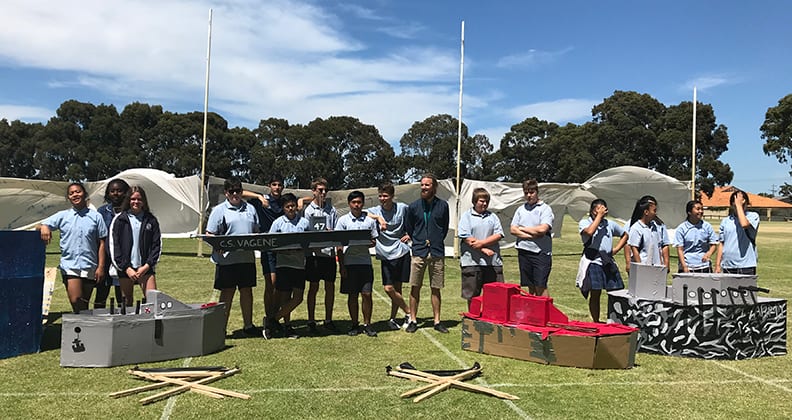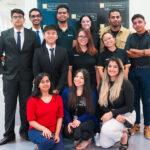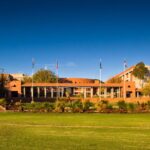Taking down maths notes from a blackboard is so 19th century. Instead, what if students could learn on-the-go by using their skills in maths to build and run a giant game of Battleship? Sound crazy? A network of WA high schools and other educational institutions led by Curtin staff don’t seem to think so.
In today’s age, university education is becoming more learner-driven and employers are valuing soft skills more than ever before. With these shifts in mind, how can we best prepare primary and secondary students for their future?
Curtin Learning Futures Advisor Kim Flintoff suggests the answer lies in transforming the learning experience so students become more passionate about what they learn and more aware of how they can apply it in different situations.
“We’re nearly at the stage where students aren’t going to university to become an engineer; they’re studying engineering to learn the skill set engineers apply in their work,” Flintoff explains. “We need schools to start thinking about how they can tie into that.”
Flintoff is the coordinator for the new Learning Futures Network: a Curtin initiative that brings together Australian educational institutions, including K-12 schools, higher education institutions and community groups, for the shared purpose of developing new and exciting learning opportunities for primary and secondary students.
The network is part of Curtin’s strategy to support primary and secondary education in Western Australia. Also included within the strategy are Curtin’s strategic partnerships, including the Innovative Schools Consortium – a group of 15 WA schools that have signed a memorandum of understanding with Curtin to directly benefit from the University’s teaching expertise – and Curtin’s various free, public resources and programs.
“The strategy is to ensure Curtin remains a big player in WA’s education landscape,” says Flintoff.
“The network is unique because we’re bringing all of these organisations to the table to have conversations about how we can help each other, but we’re not leading them.
“By each chipping in a little of our time, resources and expertise, we can expand the value for everyone. There’s no cost, no obligation and no formal agreement.”
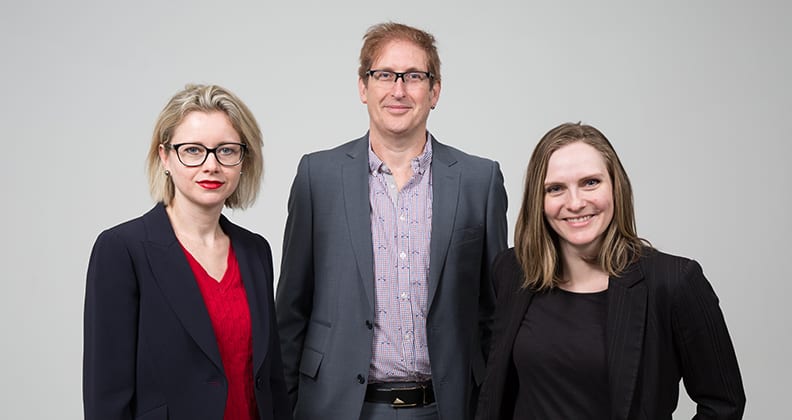
So how does the network and the consortium benefit students?
Flintoff says it exposes teachers to alternative methods of teaching that will allow them to act as a facilitator of the students’ learning, rather than as sources of knowledge.
“High school, particularly years 11 and 12, is an absolute grind for a lot of students. And teachers suffer the brunt of that too. Instead, we want teachers to help unleash student passion and let the students’ own interests drive their learning,” he says.
Principal Stella Jinman from Cecil Andrews College, a public independent high school in Armadale, agrees.
“There needs to be a revolution,” she says. “We’re still using an education model that was established in the Industrial Age. We need a model to suit today’s globalised world.”
Since becoming principal in 2013, Jinman has helped transform the school into a beacon of the south-eastern suburbs dedicated to new methods of critical, creative and project-based learning across science, technology, engineering, arts and mathematics. The success of the approach is reflected in the school’s year 12 attainment levels, which jumped from 33 per cent in 2012 to 100 per cent in 2016.
Last year, the school also was the first in the state to trial the federal government’s new P-Tech program, which provides high school students with the opportunity to connect with industry partners and take part in hands-on activities at school and in the workplace.
With these changes occurring, choosing to become a member of the Learning Futures Network and the Innovative Schools Consortium was the next logical step, notes Jinman.
“Curtin is well-known for forging forward in education and we share a lot of the same philosophical underpinnings,” she says.
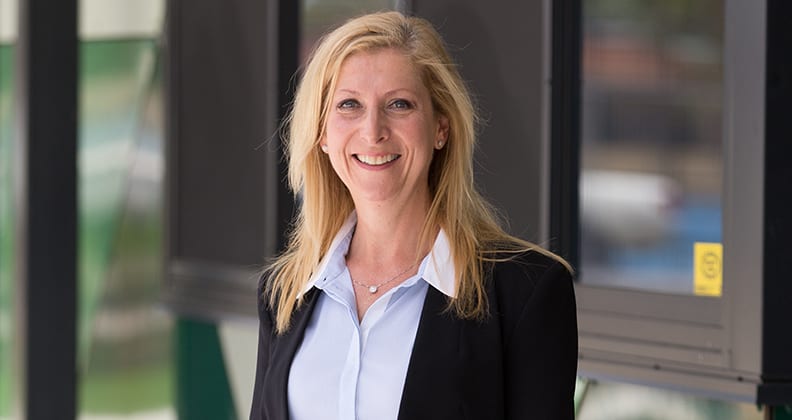
“It’s more than just being technologically savvy – it’s about instilling our kids with the ability to adapt, to be analytical, to be good public speakers, to problem solve and to work in teams. They’re going to enter a constantly evolving workforce. We can’t even imagine the jobs of the future; we can only speculate.”
To ensure a more hands-on learning approach, Jinman has encouraged teachers at the school to stage more interesting assessments for their students in line with the curriculum.
For example, in the final term of 2017, year 9 students were challenged to build a giant, hand-made game of Battleship out of cardboard, which was played on the school oval, to demonstrate their subject knowledge, problem solving and teamwork.
And these school holidays, a group of year 9-11 students were asked to build robots to enter the regional final of the international FIRST Robotics Competition held in Sydney in March, as part of the Cecil Andrews College Wilder Wolves team.
“I visited the team. They’re sitting there all night, discussing and looking at technical drawings. I mean, who gets that level of motivation and interest when they’re on holidays?” says Jinman.
“Instead of making kids jump through hoops to perform better at tests, we took a risk and changed our pedagogy. We could’ve fallen flat on our faces, but to get the results we have in such a short amount of time stands testimony to the fact we’ve done something right.”
The new approach is being praised by other members of the Learning Futures Network, including the state’s top academic school, Perth Modern, which has approached Cecil Andrews with the possibility of building a partnership to share ideas for projects and assessments.
Flintoff believes examples such as this demonstrates the power the network can bring in encouraging educational institutions to work together to bridge gaps in privilege and opportunity and in doing so build a sustainable future.
Another such example is last year’s Global Goals Challenge, a three-day workshop hosted by All Saints’ College, which invited students based in high schools around the Perth Metropolitan area to come along, identify and suggest solutions to problems related to the UN’s 17 Sustainable Development Goals.
“I think we see ourselves playing a role within the broader community to ensure education becomes even more meaningful and relevant,” says Flintoff.
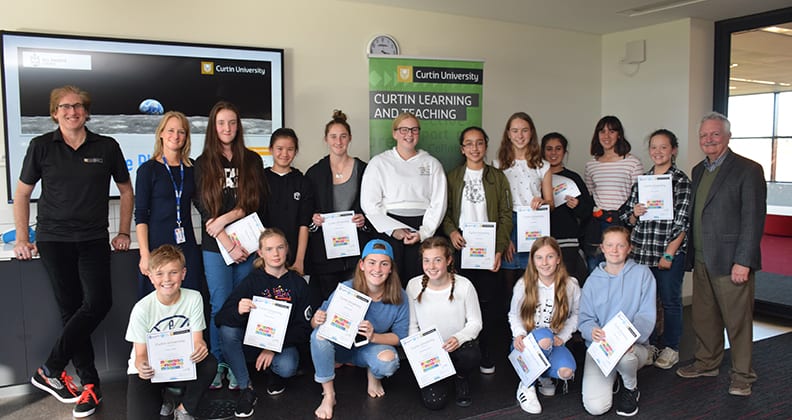
“Eventually, what we’d like to do is get to know students right back from the moment they begin schooling so there’s not this big division between primary school, middle school, upper school, university and their future careers.
“The only way we’re going to solve the world’s problems is if we all start working together and that’s what underpins our thinking.”
